A Conversation With Hossein Keshavarz and Maryam Azadi (DOG SWEAT)
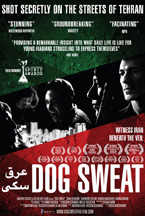 In the debased language of much mainstream movie commentary, a filmmaker is described as “brave” for casting a Hollywood star against type, and actors are commended for “taking risks” if they defer their usual eight-figure salary for back-end profit participation. We may, then, have to come up with new words for what Hossein Keshavarz (writer, director, producer) and Maryam Azadi (writer and producer) have pulled off with their new film Dog Sweat.
In the debased language of much mainstream movie commentary, a filmmaker is described as “brave” for casting a Hollywood star against type, and actors are commended for “taking risks” if they defer their usual eight-figure salary for back-end profit participation. We may, then, have to come up with new words for what Hossein Keshavarz (writer, director, producer) and Maryam Azadi (writer and producer) have pulled off with their new film Dog Sweat.
A multi-character drama set in Tehran, Dog Sweat tells the story of a group of people in their twenties and thirties pushing against the boundaries set by an authoritarian theocracy and a largely uncomprehending older generation. One young woman dreams of being a singer. Another carries on an affair with a married man while fighting patriarchal expectations at home. A virginal unmarried couple searches desperately for a place they can be alone. Two men attempt to love each other in a country where the president has denied that homosexuality exists. A carefree hedonist is spurred to political anger by a family tragedy.
Filmed in a jittery, hand-held vérité style, moving swiftly from one story to the next, the movie is a stirring indictment of a society that has stunted the energy and aspirations of its young. It’s a film full of bold statements, but perhaps the boldest of all comes in a single sentence at the end of the closing credits: “All shot on location in Tehran, Iran.” Keshavarz and Azadi made Dog Sweat illegally; such a movie could never be approved under Iran’s strict censorship regulations. Like Bahman Ghobadi (No One Knows About Persian Cats) and Hossein’s sister Maryam Keshavarz (Circumstance—set in Iran, but shot in Lebanon), they’re part of a rising generation of filmmakers who are showing the world a new face of Iranian cinema.
Dog Sweat opens tomorrow at the Quad Cinema in New York City, and next Friday at the Laemmle Music Hall 3 in Los Angeles. For details, go to the movie’s website. Last week, I sat down with Hossein (a friend since our days at Columbia University’s MFA film program) and Maryam to talk about the making of the film.
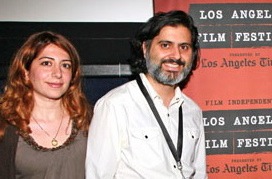 Hossein Keshavarz: I grew up here, but I basically spent every summer in Iran from age 18 on, and I was there from 2005 to 2009 before and during the film. And the thing that always amazed me was that there was so much vitality there. You always see these very particular images of Iranians in the West, they’re threatening, they’re fanatics, or at least they’re very pious. You never see the young Iranians I know, who are fun, and outgoing, and engaging. And I always feel like being in Tehran for a week is like being in New York for a month or two. So I wanted to make a film that celebrated that energy. And then [Maryam and I met] when I got to Iran, and we were going to work on another film, but because of what was happening in Iran, we knew it was going to be difficult to make an honest film going through the usual methods, and so we thought that we would have to skirt the regulations.
Hossein Keshavarz: I grew up here, but I basically spent every summer in Iran from age 18 on, and I was there from 2005 to 2009 before and during the film. And the thing that always amazed me was that there was so much vitality there. You always see these very particular images of Iranians in the West, they’re threatening, they’re fanatics, or at least they’re very pious. You never see the young Iranians I know, who are fun, and outgoing, and engaging. And I always feel like being in Tehran for a week is like being in New York for a month or two. So I wanted to make a film that celebrated that energy. And then [Maryam and I met] when I got to Iran, and we were going to work on another film, but because of what was happening in Iran, we knew it was going to be difficult to make an honest film going through the usual methods, and so we thought that we would have to skirt the regulations.
Maryam Azadi: I went to film school when I was 18 and then I got my master’s in screenwriting and dramatic literature. In my school, a lot of people were big fans of Abbas Kiarostami. And I really like his work. But I wanted to do something different. So when I met Hossein, and we started thinking, maybe we should make something happening in a city, about young people, about how this generation was struggling, how they want to grow up, how they want to be themselves, how they want to have fun…
HK: …and be free…
MA: …and be free. And also, especially, about the relationship between them and their parents’ generation.
HK: And as Maryam was saying about Kiarostami—we think Kiarostami is an amazing filmmaker. But one of the reasons Iranian films took that kind of shape, very allegorical, using kids, very often set in remote villages, is because they couldn’t make films the way they wanted to. And a lot of people copied that style. And our friends would go to see these films, and they wouldn’t see anything that reflected their own lives. Because most Iranians live in the city…
MA: Twenty million people live in Tehran.
HK: Twenty million people in Tehran alone. Most of them are educated, there’s a huge middle class that’s very aware of what’s going on around them, and there was nothing really speaking to the experience of the majority of the people.
Hammer To Nail: So the two of you met when you were planning the film that eventually turned into Dog Sweat…
HK: And even though I grew up in the US and she grew up in Iran, we had very similar ideas about film.
MA: Especially with Dog Sweat, both of us really agreed on the story we wanted to tell, the way we wanted to tell it, kind of like Short Cuts, with different characters. So we sat down and started to write.
HK: The thing is, when we decided to make this film underground, a whole world opened up to us, because there were so many great stories, so much stuff happening in people’s everyday lives that was never really touched on before. We had so much to say. That’s why we used this Altman type of style, having a multi-protagonist structure.
MA: But all the characters have the same narrative—all of them are struggling to live the way they want to live. For example: you’re a girl, you want to be a singer —it’s impossible. You’re a guy, maybe you have feelings for another guy—for you, it’s impossible. And it’s not just society, it’s the family as well.
HK: Then we started thinking about how we want to structure this. Should it be organized, as these multi-protagonist stories sometimes are, around an event that happens to the different people, that connects them? We decided we didn’t want to tie it together by a plot, like in Crash, for example– for us it was really about tying it together through a theme. People ask us about the title, Dog Sweat, and “dog sweat” is the term for underground booze [sold on the black market]—in one of the stories, these guys are looking for booze, it’s a physical thing, they want to get drunk and have fun. But in a way, all the characters are looking for their own dog sweat, which is just basically living the way they want to. It could be something as simple as a guy and girl looking for a place where they can be alone together. Or it could be two people who want to be in love and not have restrictions on them.
H2N: I saw two rough cuts, and I think in the second rough cut, you guys had taken out the subplot of Massoud entirely. At the time, I didn’t really miss it, but I think in the final version, you’ve reached a very nice balance. Massoud’s story is the most explicitly political, but it’s mixed in with the other stories that have a political message that comes through more quietly.
HK: Yeah, it’s funny, that story has been a problem, and I think now I’m happy with the way it is—it’s hard because you want to make something that is in some ways political, but I want it to be an enjoyable film, I don’t want it to be preachy, all this stuff should come out of the life of the characters. But the thing with that story is, because we shot the film underground, we never had control over the production the way you would on a normal film—
MA: It was so hard.
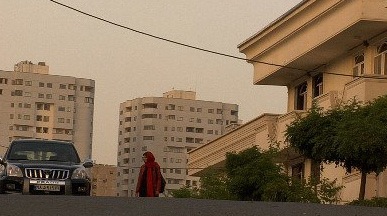 HK: A lot of times, we’d almost get in deep shit, or we had to cancel something, or we had to rearrange something. So we only basically could shoot what we could get, and we could only get little bits and pieces, so we were always on the edge and very stressed. And so we just had to trust each other and always remember what the story was that we wanted to tell and how we wanted to tell it. And we felt the Massoud story had some really strong scenes, but some of the critical connecting scenes we didn’t get the way we wanted to. Especially that story, because it has this backdrop where he gets angry at this group of religious people who really have nothing to do with him in a way, but for an Iranian watching that, they’ll know the context…
HK: A lot of times, we’d almost get in deep shit, or we had to cancel something, or we had to rearrange something. So we only basically could shoot what we could get, and we could only get little bits and pieces, so we were always on the edge and very stressed. And so we just had to trust each other and always remember what the story was that we wanted to tell and how we wanted to tell it. And we felt the Massoud story had some really strong scenes, but some of the critical connecting scenes we didn’t get the way we wanted to. Especially that story, because it has this backdrop where he gets angry at this group of religious people who really have nothing to do with him in a way, but for an Iranian watching that, they’ll know the context…
H2N: Well, I think it comes through very clearly in the final version.
HK: Good. But you know what I’m saying. It was such a hard edit, we had so many bits and pieces, we knew we had good stuff and we also knew we had a lot of holes. The great thing is, the audience is really smart, and they’ll fill in the holes as much as they can, and they don’t want to be told too much.
H2N: One of things that really struck me when I was watching it was the portrait of the women in the film, the difficulties they face and how they get around them. Like when Mahsa’s mother tells her the best way to live freely is to get married, because then you have the protection of your husband and you can live how you want. And then you have Katie, who’s having an affair with a married man, but on her own, she’s essentially powerless in her own home or on the streets. Or Katherine, who just wants to find a place where she can be alone with her boyfriend. I remember in the press notes you point out that foreigners sometimes assume that the big problem for women in Islamic countries is the veil, but the veil is just a manifestation of something much larger.
MA: But Nelson, the thing is, it starts with the veil. I think the veil is one of the biggest problems, because when they say, You have to wear it—it starts with that, and then they add lot of [other] things, you know? And Mahsa’s mother—a lot of parents, a lot of families in Iran, are like this. So as a girl, as a woman in Iran, your freedom is way less than a man. Because first of all, you have to wear the veil. And also, you’re second class—in the families that have girls and boys, sometimes they give rights to the sons, the boys, and not to the girls. And this determines your life. If you don’t get married, you cannot leave the house. You cannot leave your parents. So the way you get free is to get married.
HK: Me and Maryam had a little bit of a difference of opinion here. Maryam is saying it from her point of view of living in Iran, and I agree, that women don’t have as many rights as men. But if you look at what our perception is as Americans of Iran, and comparing it to the rest of the Middle East—Iran is not like Saudi Arabia, it’s not Kuwait. There’s more women in university in Iran than men, more women in all professional fields—women work, they’re doctors, they’re in parliament. And a lot of the women aren’t necessarily pro-women’s rights–like, a lot of the women in parliament right now are conservative. But there’s participation in the world by women. It’s interesting, after the Islamic Revolution, a lot changed for good and bad, and one of the things I think people don’t realize is that the religious people in Iran, once the country became quote-unquote religious, didn’t have the excuse to not let their daughters go to school, to not let their daughters become professionals—now the government would encourage them to, because now they’d be in a safe environment. And so you did find participation rates of religious women going way up. And if you look at the people in power right now, obviously it’s a very conservative government, but there are a lot of women in it. But I think with the younger generation, as Maryam said, they want to see these religious strictures taken down, they don’t agree with the veil, but still, there’s more [freedom for women] than in any other Middle Eastern country…
MA: You can’t compare it to Turkey.
HK: Except for Turkey, but Turkey’s almost a Western country—but for young Iranians, their model is not other Middle Eastern countries. Their model is the rest of the world, it’s Europe, it’s Turkey, it’s Asia…
MA: USA…
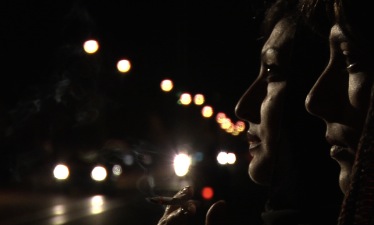 HK: USA. And so for them, they look at the situation of women in these countries and say, Wait, why are we not equal? And also, you’re talking about these women who, if they live within the rules they’ll be fine, they’ll have rights, but if they don’t then they won’t—I think that’s the case for people in general. If you play by whatever structure they’ve put in place—your parents want you to get married, they want you to have kids—whatever it is, within that structure you can do whatever you want. So in Iran, if you’re in the streets, you can’t kiss a girl, but people at home, they have parties, they have any kind of film you can imagine. So there’s this big difference between the public face and the private face. And the problem is that young people, because they don’t have the means, can’t have their own private space. And the way to create your own private space is through marriage.
HK: USA. And so for them, they look at the situation of women in these countries and say, Wait, why are we not equal? And also, you’re talking about these women who, if they live within the rules they’ll be fine, they’ll have rights, but if they don’t then they won’t—I think that’s the case for people in general. If you play by whatever structure they’ve put in place—your parents want you to get married, they want you to have kids—whatever it is, within that structure you can do whatever you want. So in Iran, if you’re in the streets, you can’t kiss a girl, but people at home, they have parties, they have any kind of film you can imagine. So there’s this big difference between the public face and the private face. And the problem is that young people, because they don’t have the means, can’t have their own private space. And the way to create your own private space is through marriage.
H2N: Hooshang says at one point after he decides to get married, bowing to parental pressure, “Everything’s gotten so much easier since I decided to stop battling the world.” Which is a great line because at that point it seems like a victory for the character, but in some ways it’s also a defeat. He’s accepting that he can’t really be who he is in this society, he has to cover it up.
HK: The thing about gay people in Iran—it’s not like they’re going to grab you on the streets and arrest you. Basically, you can live your life—until you start organizing to change things, then they might bother you. But if you just go about your business, no one really gives a shit. So, there’s a lot of talk about the subject, and obviously, we’ve heard the thing the president has said, that there are no gay people in Iran, but I really think the issue is that there’s no role for gay people in Iran. Whereas in this country, people could be in a long-term, formal relationship, but in Iran, they would say, Oh, he’s been a bachelor for so long. Why is he still living with his roommate, you know? Even though they know why. And a lot of times, as in the film, gay people get married and have kids. So this goes back to the theme of, how do you want to live your life? For some people, they are willing to accept the fact that they won’t have a role in society, but still stay true to themselves—they’ll say, Okay, I’ll get married, I’ll have kids, but I’ll still have this other part of my life.
[Here we got to talking about the movie’s extraordinary cast, and also about how they organized the production, but both topics were deemed too sensitive for publication.]
HK: We’re never sure, with this film, how much to promote it, what to say about it. What I usually say on record is, this film is about how people really live in Iran, and I think it shows a balanced view, of people who are liberal and people who are conservative, people who are pro-government, people who are not so pro-government.
MA: And the thing is, we started the movie three, four years ago almost, before the Green movement—we finished before the elections.
HK: That’s when the crackdown really started. We’d never be able to shoot this film now. Before we could kind of fly under the radar screen, but now you can’t. If you bring a camera out…
H2N: So in some ways the meaning of your film has changed as the situation has changed in Iran. Can you talk a little bit about any feedback you’ve heard on the film from Iran? Have people been able to see it there at all, or do you hope that people will be able to see it?
HK: Well, the unspoken rule has been that, people would shoot things, but as long as it wasn’t shown in Iran, they wouldn’t bother you. And so, obviously, we haven’t had a screening in Iran, and that’s why, up to this point, we haven’t really run into any problems because we’ve stayed clear—we haven’t talked to opposition TV, we haven’t made this political at all, and we’ve just really focused on the human stories. And I’m sure people have seen it, but because we haven’t taken part in any political things, there hasn’t been a reaction.
MA: When we were at festivals in Europe, young Iranian people who recently came to Europe and watched it, they were really, like…
HK: This is the first film that actually expresses the way many people feel in Iran.
MA: Many of them brought their friends, their teachers.
HK: Almost every festival we’ve brought it to in Europe, it’s been almost always sold out. It’s interesting, because you have a mix—you have Europeans, and you have a huge Iranian contingent, and they seem to have really connected with the film so far.
MA: But the situation in Iran right now, you don’t really know what is going on there, what’s going to happen. All the filmmakers, the actors, the writers, they don’t know what is the next step. It changes from day to day, it’s very confusing, so you can’t decide: should I make the movie, should I delay it…
HK: Everything is in limbo right now, it’s like there aren’t any rules—nothing is very clear.
H2N: A lot of the characters are not in a good place at the end of the film, but—I don’t want to give anything away for the readers who haven’t seen the movie yet, but the very last image of the film gives us an indication of hope…
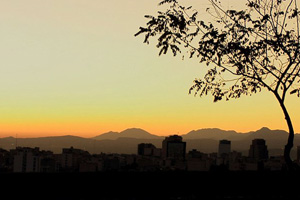 HK: We could’ve easily finished it with a more pessimistic ending, but the thing is, with this generation of Iranians, no matter what crazy stuff is going on, they’re finding ways to live the way they want to, and that’s one thing we really wanted to show.
HK: We could’ve easily finished it with a more pessimistic ending, but the thing is, with this generation of Iranians, no matter what crazy stuff is going on, they’re finding ways to live the way they want to, and that’s one thing we really wanted to show.
MA: And that this generation is something else. They can change the situation. They’re way different from their parents’ generation. They have hope that they can change things. And we have this hope.
H2N: And it’s a very young country, demographically…
MA: Yes. Nearly 70% of the people in Iran are under 35.
HK: And also, it’s not a monolithic thing. There’s a lot of young people who are very conservative, and older people who are liberal. But I think that this generation’s much more open, as Maryam said. Even young people who are very conservative don’t believe that they’re the only ones who have ownership of the truth. Even the very religious people aren’t as dogmatically religious. It seems like there’s been a shift to where there’s some kind of idea of coexistence. And I think people are tired in Iran of constant conflict, and they really, really want, if it’s in any way possible, they want to have a peaceful change.
— Nelson Kim








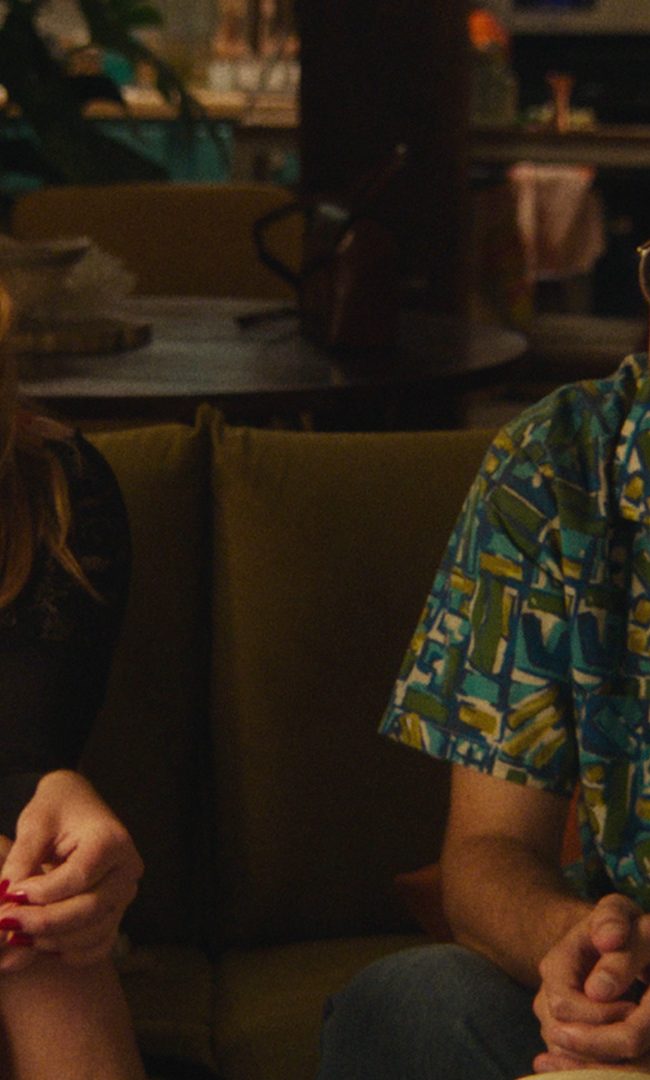
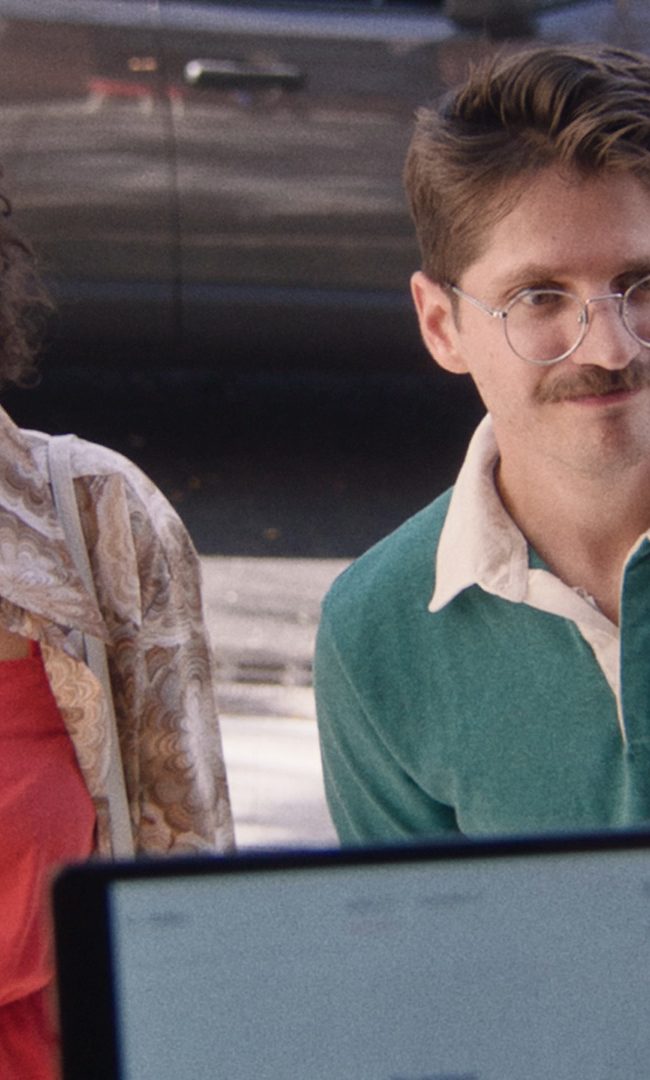


Pingback: THE 2011 HAMMER TO NAIL AWARDS – Hammer to Nail
Halloween dog costumes
People would shoot things, but as long as it wasn’t shown in Iran, they
wouldn’t bother you. And so, obviously, we haven’t had a screening in
Iran, and that’s why, up to this point, we haven’t really run into any
problems because we’ve stayed clear—we haven’t talked to opposition TV,
we haven’t made this political at all, and we’ve just really focused on
the human stories. And I’m sure people have seen it, but because we
haven’t taken part in any political things, there hasn’t been a
reaction.
Political party clothes for do
nservative, and older people who are liberal. But I think that this
generation’s much more open, as Maryam said. Even young people who are
very conservative don’t believe that they’re the only ones who have
ownership of the truth. Even the very religious people aren’t as
dogmatically religious. It seems like there’s been a shift to where
there’s some kind of idea of coexistence. And I think people are tired
in Iran of constant conflict, and they really, really want, if it’s in
any way possible, they want to have a peaceful change…………
merchant credit processing
so wenderful………